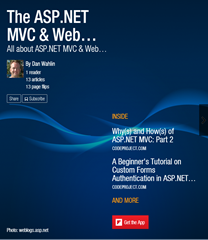Getting Started with ES6 – Using Classes
In a previous post I introduced how ES6 can be transpiled to ES5 using Traceur or Babel. By using transpilers you can write“modern” code and leverage features found in ES6 today while still allowing the code to run in older browsers. In this post I’m going to dive into classes which is one of the shiny new features found in ES6. Getting Started with ES6/ES2015 Classes Classes are the subject of much debate in the JavaScript world with some people loving them and others hating them. I’ve never believed in one world view being right for every situation and think […]







